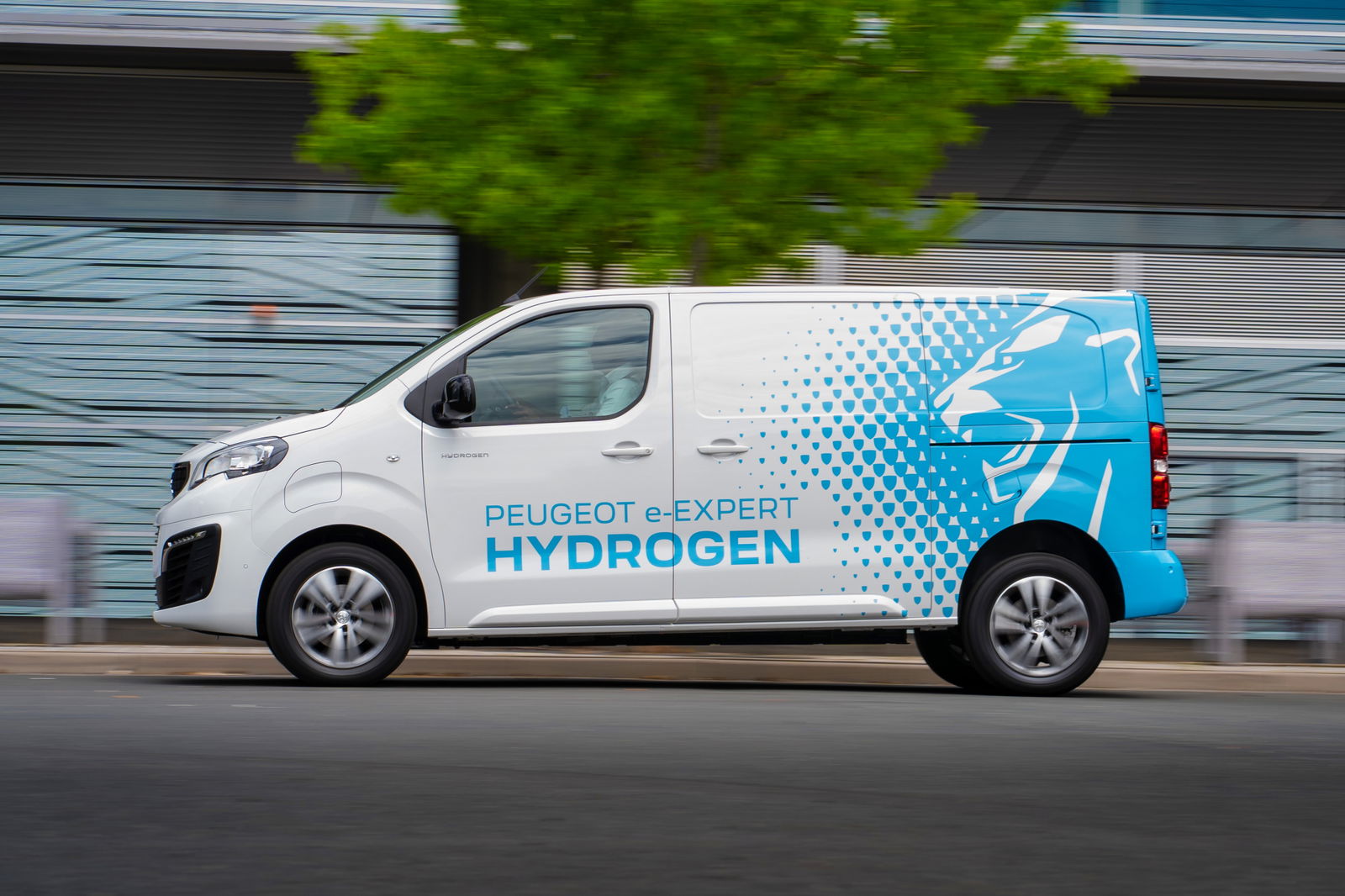There’s nothing worse than finding rust in your car, as it often becomes an expensive exercise to fix, and can sometimes never truly be repaired.
But what if rust could actually be useful? According to researchers from the Layered Nanochemistry Group at Japan’s Research Centre for Materials Nanoachitectonics (or simply MANA), rust can play a part towards making cleaner fuels for the future.
Led by Dr. Yusuke Ide, Dr. Mitsutake Oshikiri and Mr. Ezz-Elregal M. Ezz-Elrega, the trio have “developed a cost-effective, high-performance catalyst using ‘green rust’— a mixed-valent iron hydroxide mineral once considered too unstable for practical use.”

By modifying green rust particles with a copper chloride solution, the process “forms nanoscale copper oxide clusters at the particle’s edges, generating highly active sites for hydrogen production,” while also absorbing sunlight, “transferring energy through the copper clusters to boost the reaction’s efficiency even further”.
“Performance tests revealed that the new catalyst achieves a high turnover frequency for hydrogen production comparable to or even exceeding those of traditional precious metal-based materials. It also showed excellent durability, maintaining catalytic activity through repeated use.”
According to the research, using green rust as a catalyst would allow it to be used in sodium borohydride (SBH) hydrogen storage systems, which typically use platinum to generate hydrogen through contact with water.

“We expect that our catalyst will be used for hydrogen fuel cells in many onboard applications like cars and ships,” Dr. Ide said in a media release.
“This will hopefully lead to various forms of emission-free mobility.”
Hydrogen fuel-cell vehicles (FCEVs) are nowhere near as common as electric vehicles in the zero-tailpipe-emissions market, and only a handful of carmakers have invested greatly in the technology.
Toyota has long championed the technology, while Hyundai, Honda and BMW are also developing or have already developed FCEVs, though none are sold on the mass market. Earlier this year car giant Stellantis announced it would stop developing the technology.

FCEVs have also been criticised for not being clean enough. In the lead-up to last year’s Paris Olympics, more than 120 scientists and engineers signed a letter by the Centre for Sustainable Road Freight (CSRF) to have the Toyota Mirai to be removed as the official car of the Games.
According to the group, most people who buy FCEVs fill them up with hydrogen which originated as fossil fuels, such as methane gas, as opposed to ‘green hydrogen’ which is produced by the electrolysis of water.
“The IPCC (Intergovernmental Panel on Climate Change) is clear that battery electric vehicles represent the most effective way to decarbonise passenger transport.
“Hydrogen used to power road transport is not aligned with the world’s net-zero goals and ultimately risks distracting and delaying from the real solutions we have available today.”












Discussion about this post